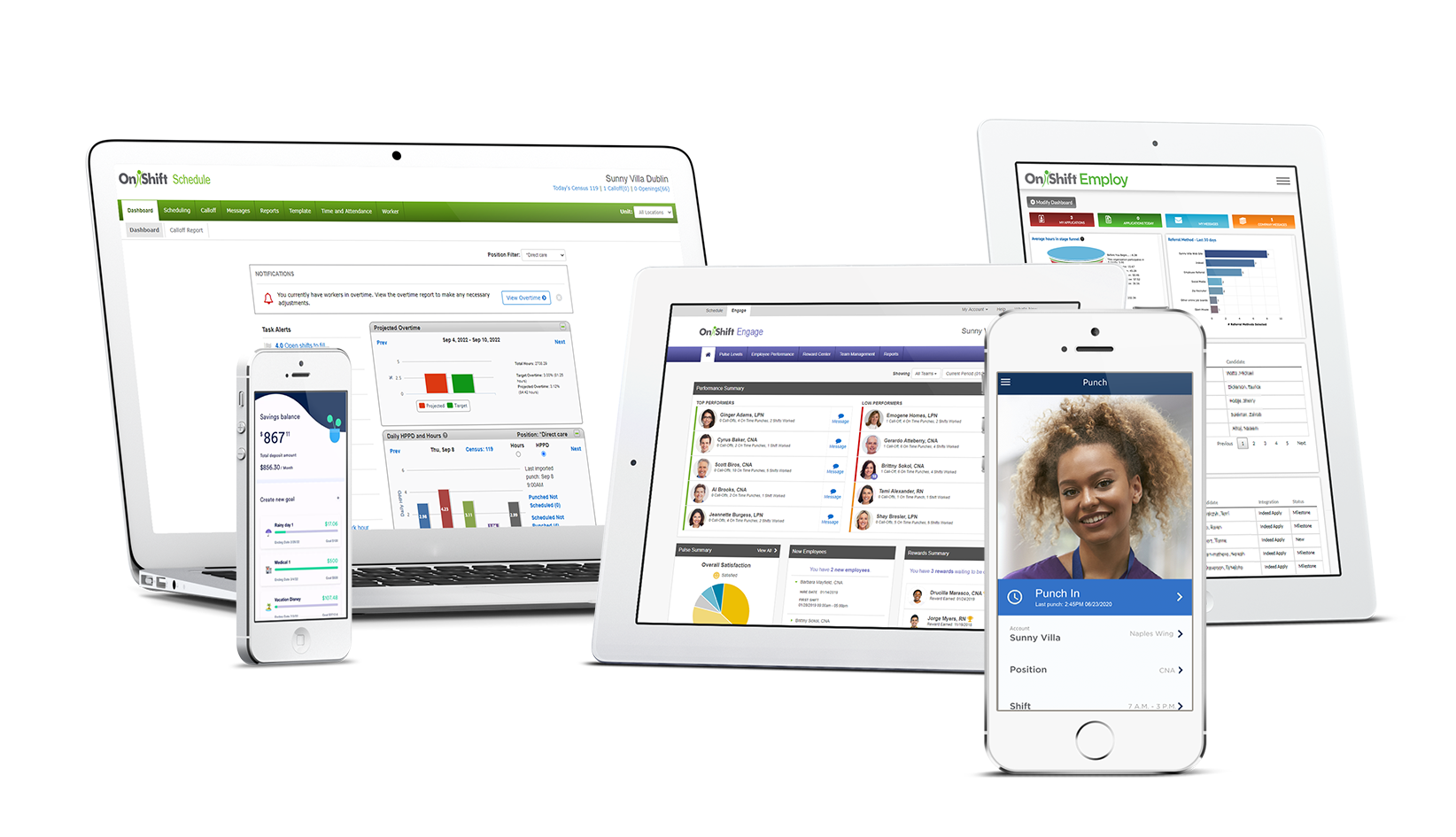May 26, 2017 | Peter Corless
May 26, 2017 | Peter Corless
The labor shortage in long-term care (LTC) has many providers in dire straits. With the growth of the aging population and projections calling for an additional 2.5 million workers, the outlook is bleak.
I recently spoke with a senior care executive who described how their approach to addressing workforce challenges requires the same priority and attention as other strategic initiatives like improving occupancy and quality. This transformation is a sea change for some, as workforce issues have never been as intense as they are today and as such, have never received as much focus.
Unfortunately, many providers jump the gun in their response to the labor shortage and the day-to-day of “working short.” Often, it’s simply assumed that more employees need to be hired to fill the gaps, but this is not always the case.
Before you spend the money, resources and time associated with hiring additional employees, it’s important to evaluate your organization’s staffing practices. What you may find is that your needs could very well be fulfilled with the resources right in front of you.
"I see technology as being vital to being able to staff appropriately."
-Irene Fleshner, Principal, Reno Davis & Associates; SVP Strategic Nursing Initiatives, Genesis HealthCare
With such critical workforce issues in post-acute healthcare, gaining deeper visibility into real-time staffing events and metrics is imperative. Here are three steps to take when evaluating your staffing:
The biggest risk to achieving your labor management goals is not having the staff to fill scheduling gaps. But what are the gaps in your schedule? This sounds like it should be easy to identify, but it is much more complicated given the dynamic scheduling process in senior care. According to Irene Fleshner, Principal, Reno Davis & Associates; SVP Strategic Nursing Initiatives, Genesis Healthcare, "If you have a big giant database that will collect all of the variables that go into the complexity of the staffing, that database can provide you with a staffing schedule. I think that it's absolutely vital to have it today."
Since staffing is so complicated, I recommend that you and your managers concentrate on these metrics to identify true gaps in the schedule.
These staffing metrics provide a more holistic view into the true gaps your organization needs to fill. But before HR posts those jobs, you should examine the use of your current staff to see if improvements can be made. Software like OnShift’s staff scheduling, engagement and labor management platform can quickly show you which positions, shifts and status (full, part or per diem) to fill.
Understanding how well your organization is utilizing employees isn't as easy as it sounds. To get started, managers must look at the staff you have on hand by reviewing the full roster of current employees. This includes both full-time, part-time and per diem associates. Be sure that HR managers do not jump the gun on hiring before taking a close look at the hours worked for each and every current employee. Consider the following questions as current employee lists are reviewed:
Based on our experiences working with thousands of post-acute care providers on their staffing strategies, we see many providers determine that they are not fully utilizing employees. Consider how underutilized employees can fill holes in the schedule without resorting to overtime. But how do you determine who is underutilized? Start here:
Next, look to your part-time and per diem staff. Can you fit them into any of the open shifts? These two groups are on your staff roster to provide you with greater flexibility in your employee scheduling process. Like all underutilized staff, make sure that these employees are working the hours to which they’ve committed.
When filling open shifts, first consider underutilized staff and see if they are willing to work those shifts moving forward. If so, there is no need to hire for those positions.
 Step 3. Give Your Staff More Options
Step 3. Give Your Staff More OptionsIf you’ve made it this far (completed steps 1 and 2) and your organization’s schedule still has some gaps, it’s time to increase your options. Look to other staff members within your organization to see if there's interest in working additional shifts. You can do this by:
If you do decide that there is a true need to hire, streamline the process by implementing an employee referral program. Providers we work with often say that referred staff members perform better and remain with the organization longer since there is a vested interest in their success.
As a provider, you need to have predictive and actionable staffing information available at your fingertips that provides insight and analysis into your staffing needs. It’s critical to implement processes that give management the tools to succeed. Employee scheduling technology is key to providing transparency into staff utilization and hiring decisions in senior care. You cannot succeed in today’s market using outdated and inefficient employee scheduling practices. A smart staffing strategy will resonate throughout your organization in the form of staff satisfaction and lower turnover to better care and financial outcomes.
Subscribe to the OnShift Blog
Recent Posts
Categories
About Peter Corless
Peter Corless is Executive Vice President of Enterprise Development for OnShift. Peter is a recognized HR leader in post-acute care and is well-known for his achievements at some of the country’s largest post-acute care organizations, including Kindred Healthcare and Genesis HealthCare. As an experienced, chief administrative and human resources officer within these organizations, he developed strategies that reduced turnover, improved recruiting and hiring strategies, and reduced labor costs.
See for yourself why thousands of providers rely on OnShift’s innovative software for recruitment, hiring, workforce management, pay and engagement. Request your personalized demo today.
